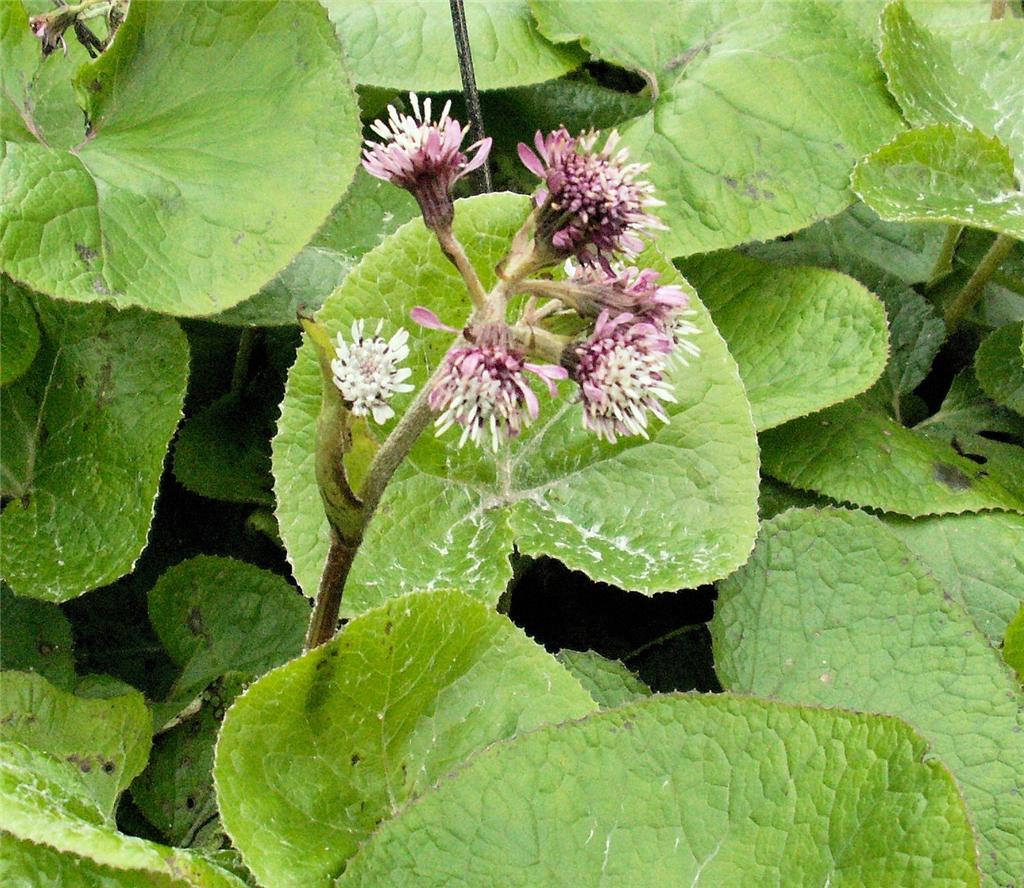A Ranger Writes
January, as I seem to write every year, can be an absolute pain of a month. There’s still a metaphorical, or possibly literal, hangover from Christmas and Hogmanay and it tends to feel like Spring is a million miles away. If you do feel a bit like January has been dragging on, then what better way to cheer up than to head out and find some wildflowers? Admittedly, this month won’t be as spectacular as, say, June or July, but you can still find plants in bloom if you have a good look for them.
Some plants, like gorse, can flower in any month of the year. In fact, gorse is well worth looking out for, as not only does it have lovely yellow flowers, but these also give off a nice coconut smell. If you want something a bit more elusive, how about searching out winter heliotrope? This is an unusual little plant found along shady river banks and verges, forming patches of bright green, heart-shaped leaves. Between December and March the flowering heads appear, taking the form of loose clumps of pink and white flowers. Winter heliotrope is dioecious, meaning that male and female flowers occur on separate plants - however, you’re only likely to see the male version. This is a non-native species, having been introduced in the nineteenth century, and female plants are virtually unknown in the UK. As a result, winter heliotrope can’t reproduce sexually and has to spread via underground stems known as rhizomes. Despite this, or perhaps because of it, it can cover large areas and is regarded as an invasive species in some places.
 Winter heliotrope
Winter heliotrope
Another introduced species which you might see flowering this month is the winter aconite. This is a lovely little plant producing bright yellow flowers. These resemble buttercups, which is not too surprising, as the two are from the same family – the Ranunculacae. Below the flower is a collar of bright green deeply-divided bracts – a bract being a type of modified leaf. These are a good way of distinguishing the winter aconite from lesser celandine, another member of the buttercup family which appears a little later, often in March or April.
 Winter aconite
Winter aconite
The scientific name of this plant is Eranthis hyemalis, which is a bit self-contradictory. The genus name (the first bit) is basically Greek for “spring flower”, whilst the second part, the species name, means “winter-flowering” in Latin. Despite this slight confusion, both reflect the early blooming of this plant.
Incidentally, while it may look pretty, winter aconite contains deeply unpleasant toxins which can cause all sorts of nasty stuff, including heart failure. It should never be eaten.
It’s no coincidence that these species, and other woodland plants (bluebells, wood anemones etc.) flower early in the season. At this time the lack of foliage on the trees allows plenty of sunlight to reach the woodland floor. Later, as the leaves develop, the opportunities for ground flora to photosynthesise are greatly reduced. So make the most of this chance to enjoy our beautiful woodland plants.